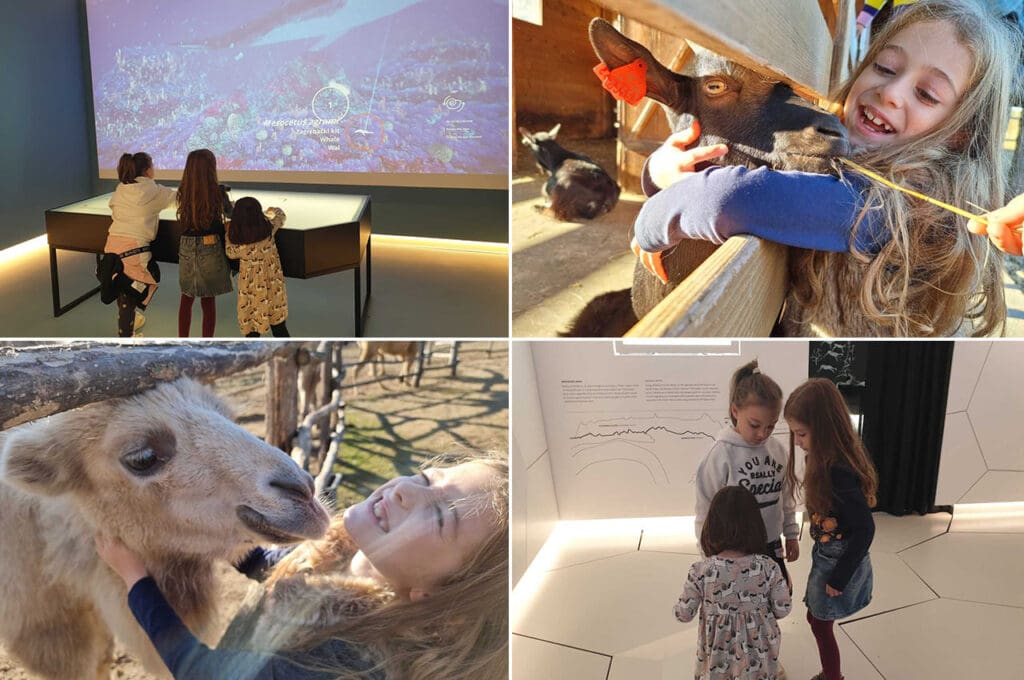Natural Treasure and Tourist Attraction of Podravina – Croatia’s Only Desert
In the heart of continental Croatia, in the eastern part of the town of Đurđevac, lies a natural phenomenon that has no parallel in our country. The Sands of Đurđevac, known by various names – Podravina Sands, Croatia’s Sahara, Bloody Sands, or Đurđevac Sands – represent the remains of Croatia’s only desert and are now protected as a geographic-botanical reserve.
This fascinating natural area is known amongst locals by the poetic names “Bloody Sands” and “Croatia’s Sahara”, titles that reflect both the appearance of this unusual landscape and its turbulent past.
Geological History Spanning Millennia
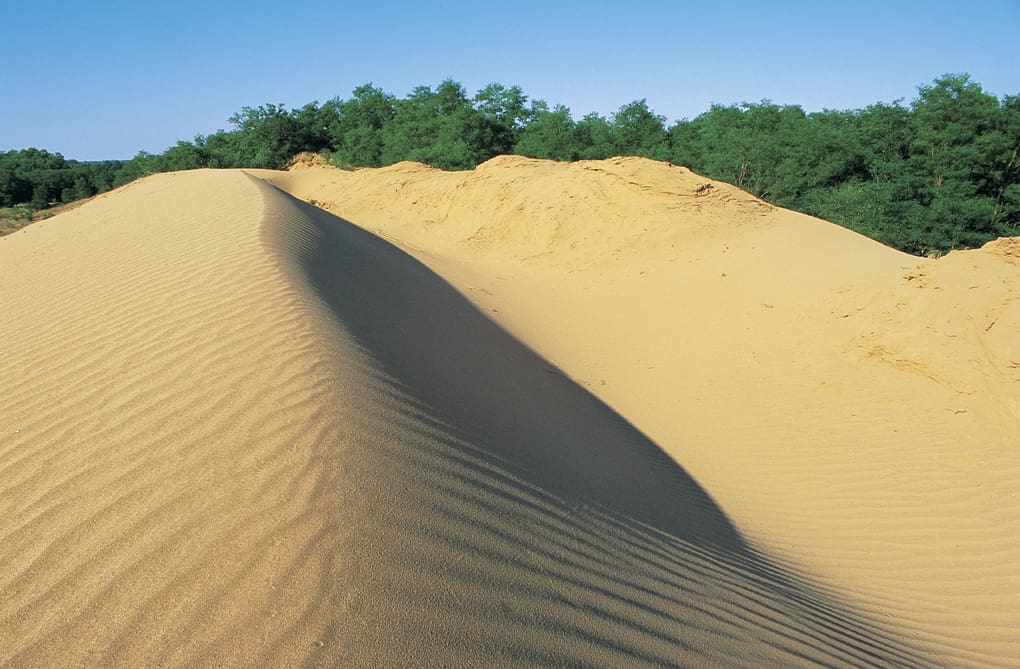
The formation of Đurđevac Sands dates back to the distant past of our planet. During the last Pleistocene glaciation, glaciers eroded the rocky Alpine substrate through glacial processes and accumulated material in lower areas. With the transition to the Holocene period, the Alpine glaciers melted, and the then incomparably larger and more powerful Paleo-Drava River further pulverised the glacial sediments during transport.
Much stronger winds blew over the then-steppe Podravina region, dispersing and accumulating the river deposits precisely in the area of today’s Sands, simultaneously shaping desert relief forms – dunes! Parallel to the right bank of the River Drava stretches a complete belt of low, undulating sandy ridges representing the largest and highest deposits of aeolian sands in Croatia.
Protected Natural Heritage
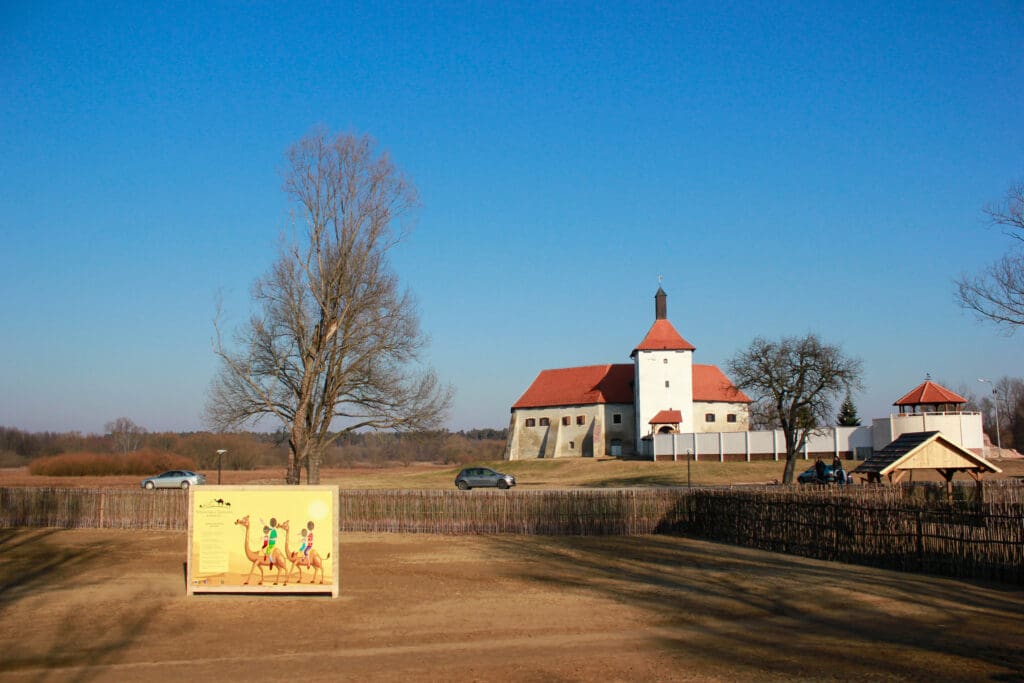
Covering an area of approximately 20 hectares, Đurđevac Sands represent a protected botanical area with a distinctive habitat containing numerous endemic species, unique flora and fauna, and visible forms of sand dunes. Part of this area was declared a special geographic-botanical reserve in 1963 as an easily recognisable and unique habitat in Croatia.
Botanical and Zoological Treasure
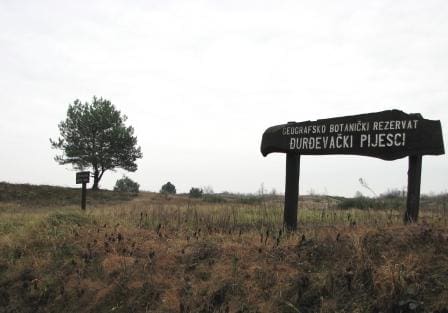
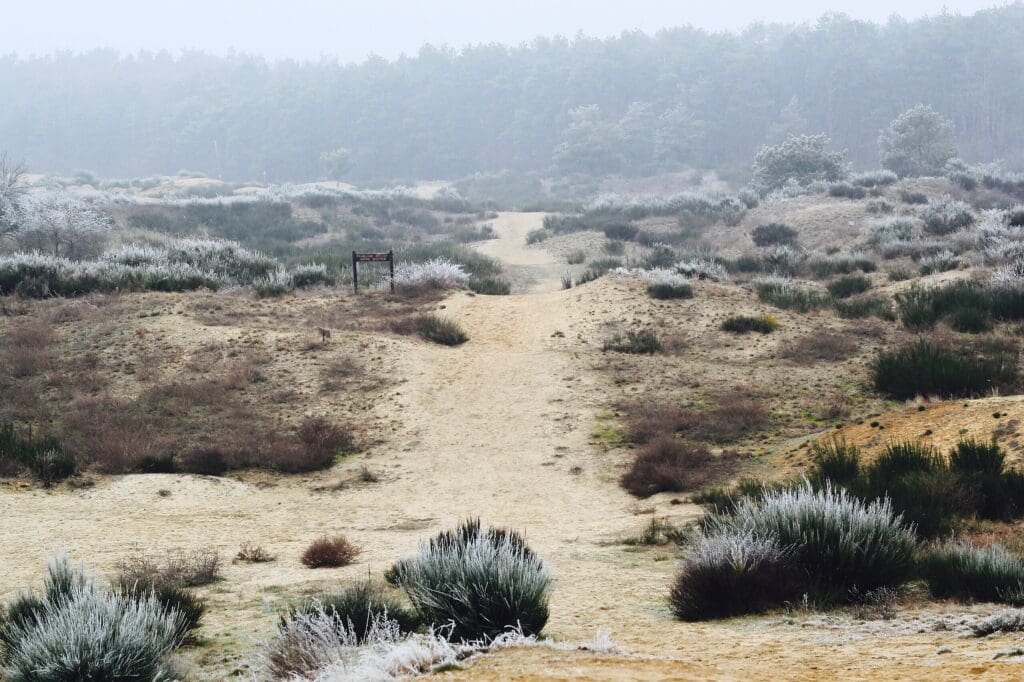
The purpose of protection is to preserve the distinctiveness of vegetation, where only certain plant species could develop and adapt to the conditions of life on sand. In this unique ecosystem, Pontic, Aralo-Caspian, boreal, Central European, Atlantic, and sub-Mediterranean floral elements interweave with psammophytic vegetation and a large number of endemic species.
Besides rare plant species, approximately thirty species of butterflies live here, which further increases the biological value of this area and makes it a unique habitat in the broader European context.
Peski Quarter – Life on the Desert
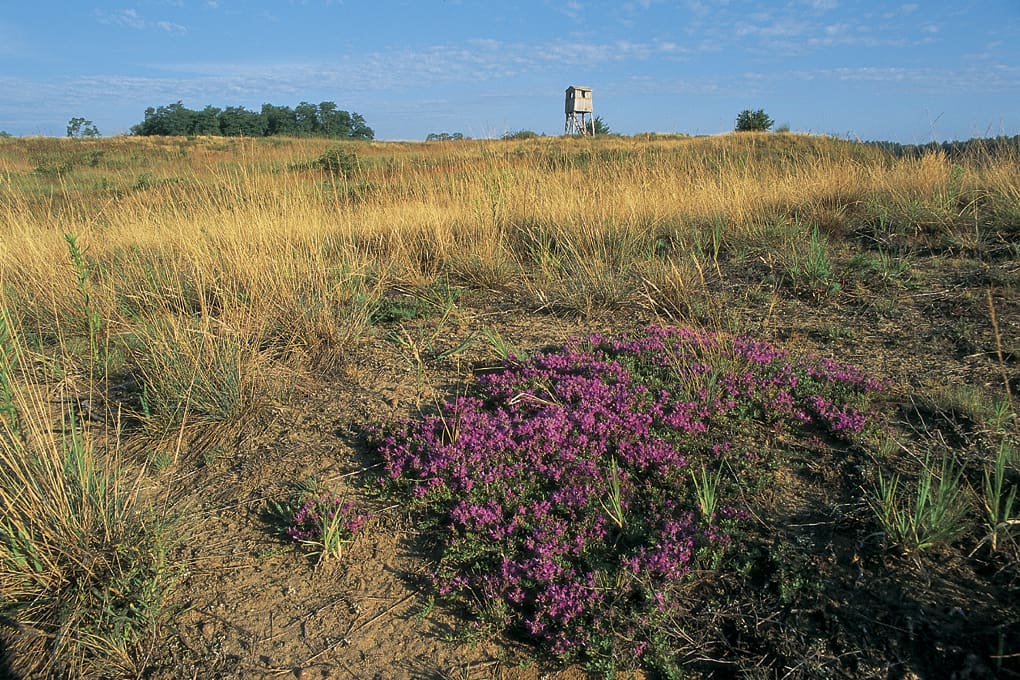
On the remains of the desert lies the Đurđevac town quarter that took its name from this desert – Peski. Separated from the rest of Đurđevac by the Čivićevec stream, this quarter with around 2,200 inhabitants (which is a third of the town’s total population) is the largest quarter in Đurđevac.
The Battle with “Living” Sand
Associated with the designation of the sands are the now somewhat forgotten expressions “Croatia’s Sahara” and “Bloody Sands”, which arose amongst the local people as a metaphor for the former Sahara-like appearance and the difficult struggle of farming peasants with the moving, “living” sand that buried parts of settlements and agricultural areas.
Through gradual, painstaking, and long-term afforestation with fragrant pine forests, acacia, and gorse shrubs, the worthy people of Đurđevac managed to tame the “sands”, as they call them here. This battle between man and nature has become part of local tradition and identity.
Tourist Transformation – Camels in Croatia’s Sahara
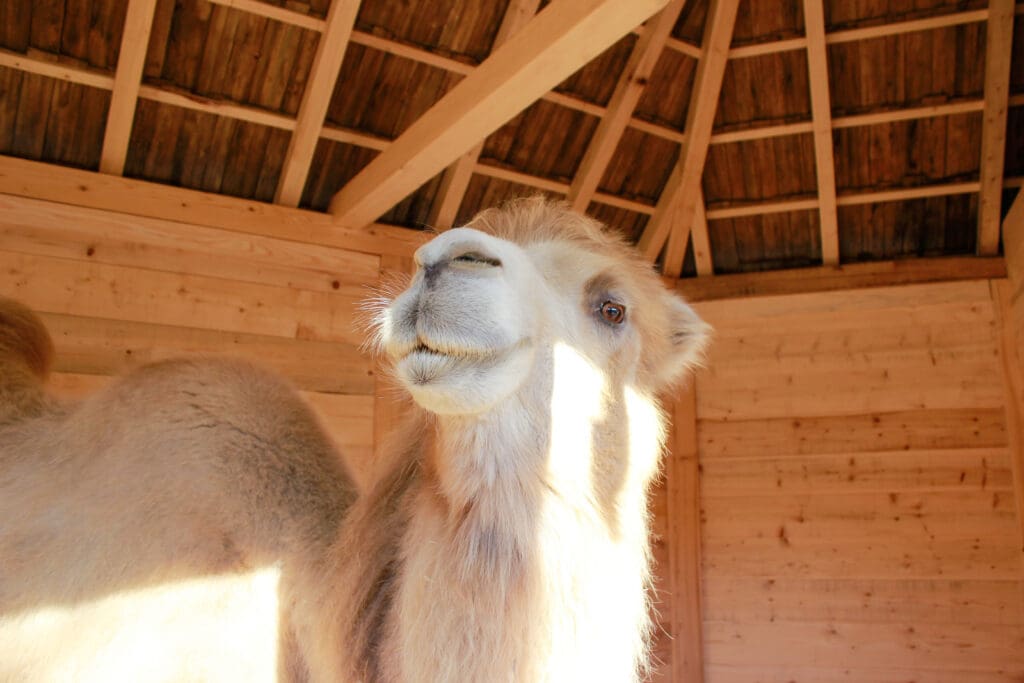
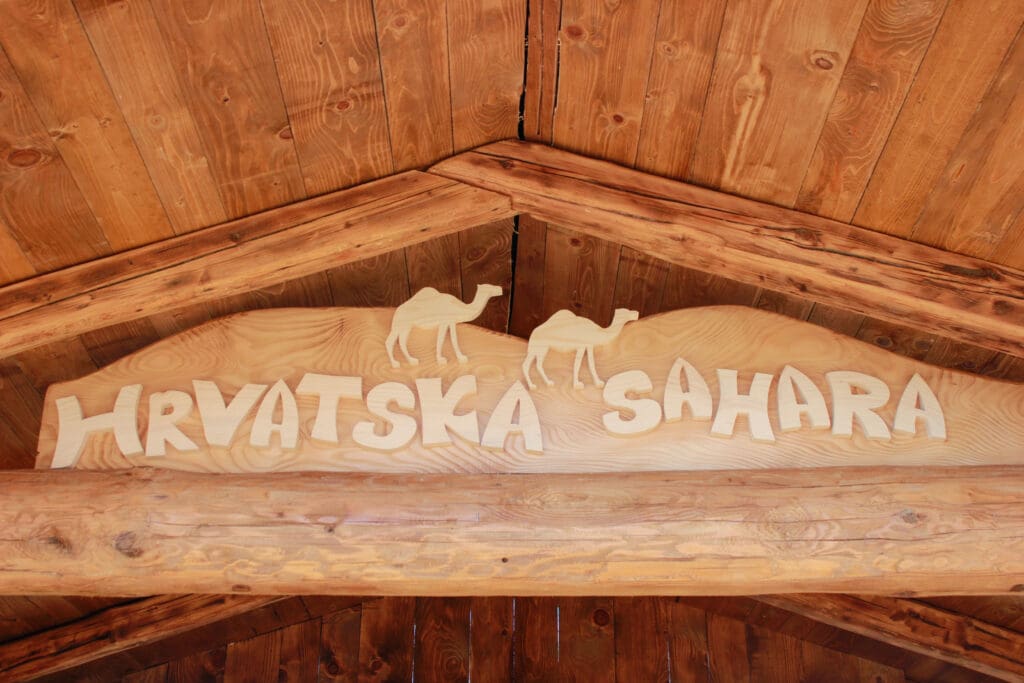
In 2016, the then-mayor of Đurđevac, Željko Lacković, launched a revolutionary idea to maximally exploit the town’s potential to attract as many tourists as possible to the Đurđevac Podravina area. Alongside the ideal tourist destination – Đurđevac Sands, camel riding is now a real attraction for tourists.
A Zoo in the Desert
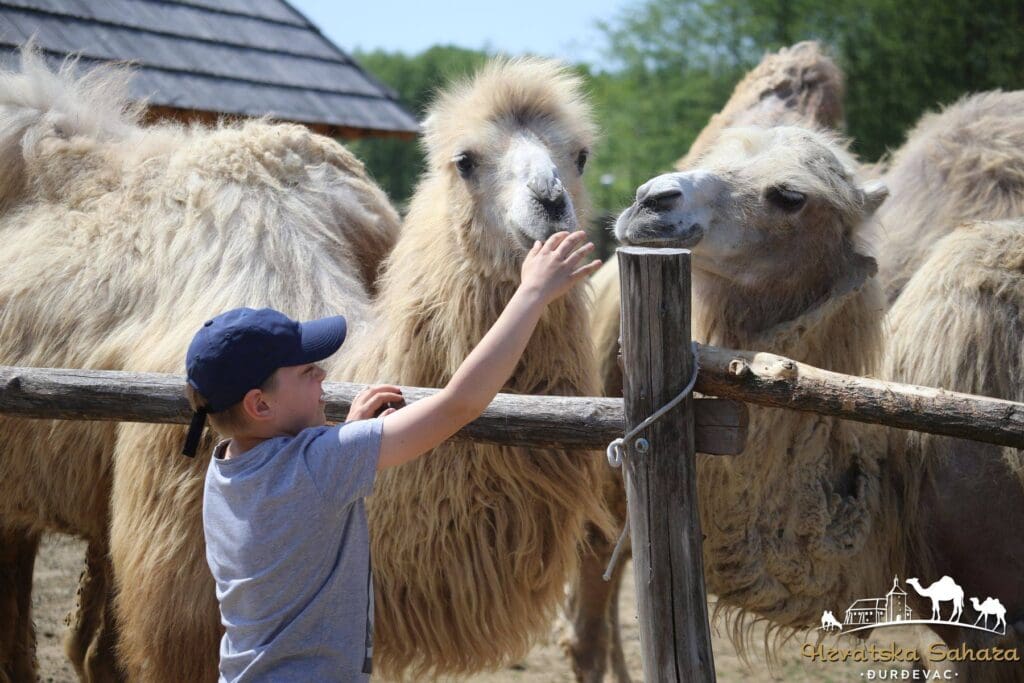
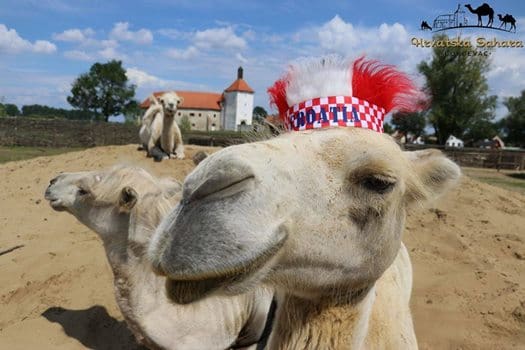
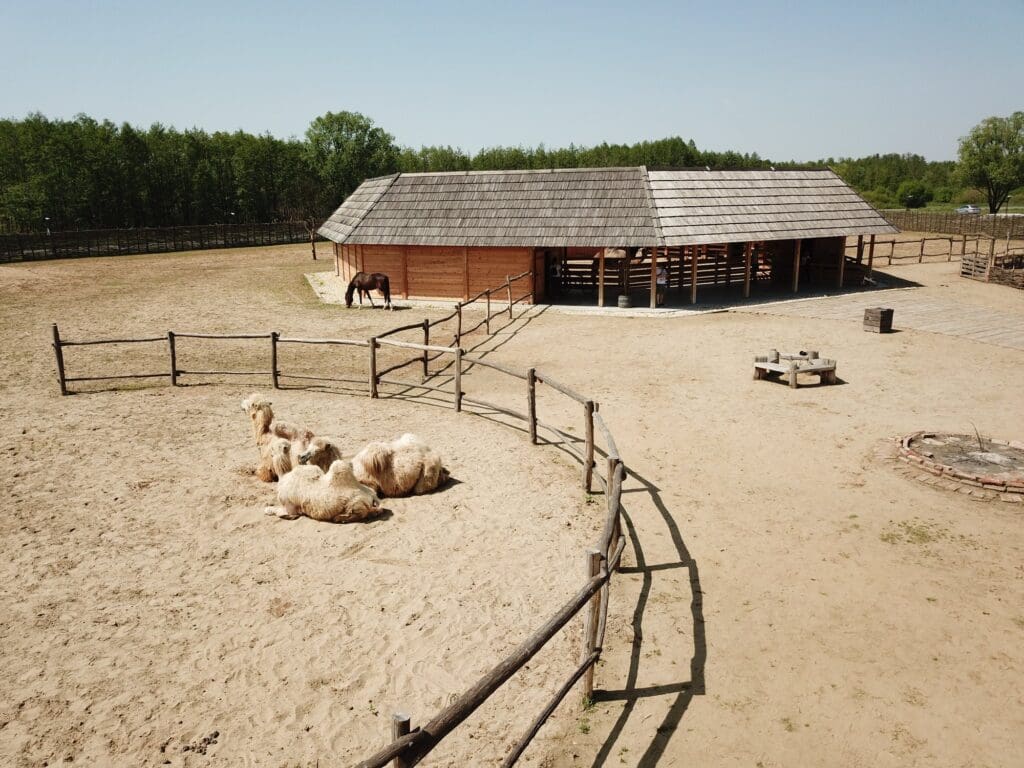
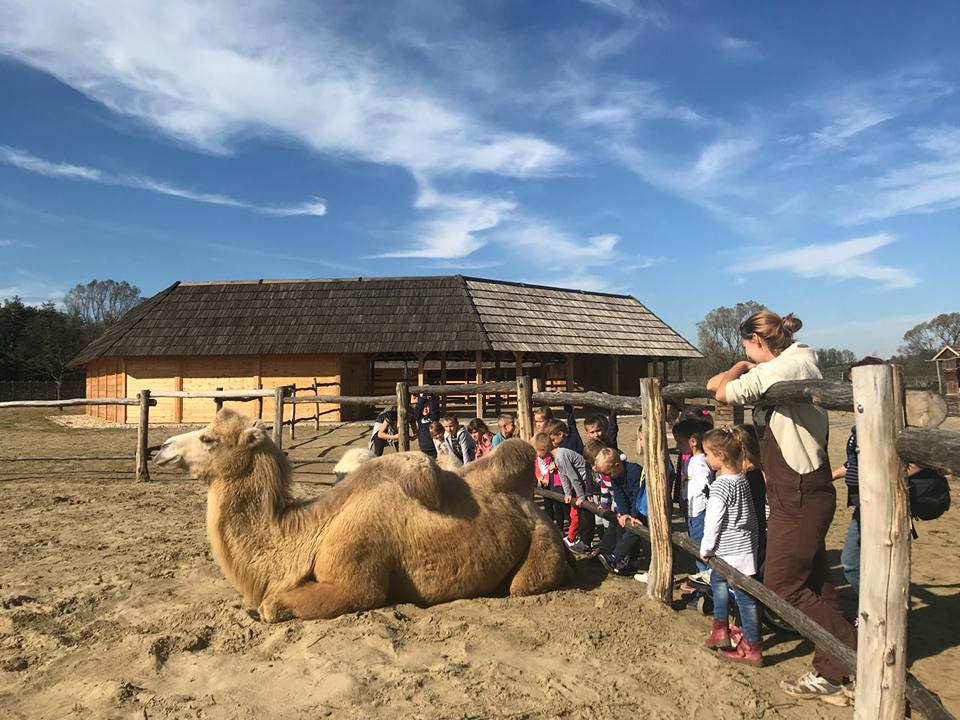
The tourist attraction of Đurđevac are certainly the camels housed in a desert environment right next to the Old Town fortress, the cultural-historical flagship of Đurđevac. These exotic animals have won many hearts with their gentleness and charm and have become frequent guests on numerous national television programmes.
There is also a small zoo that is home to playful dwarf goats, sheep, horses, donkeys, indigenous poultry, and llamas. The Đurđevac camels and animal team joyfully await visitors in Croatia’s Sahara, creating an unforgettable experience that combines nature, history, and entertainment.
Practical Information for Visitors
Contact:
– Email: hrvatskasahara@djurdjevac.hr
– Telephone: 099/ 871 2395
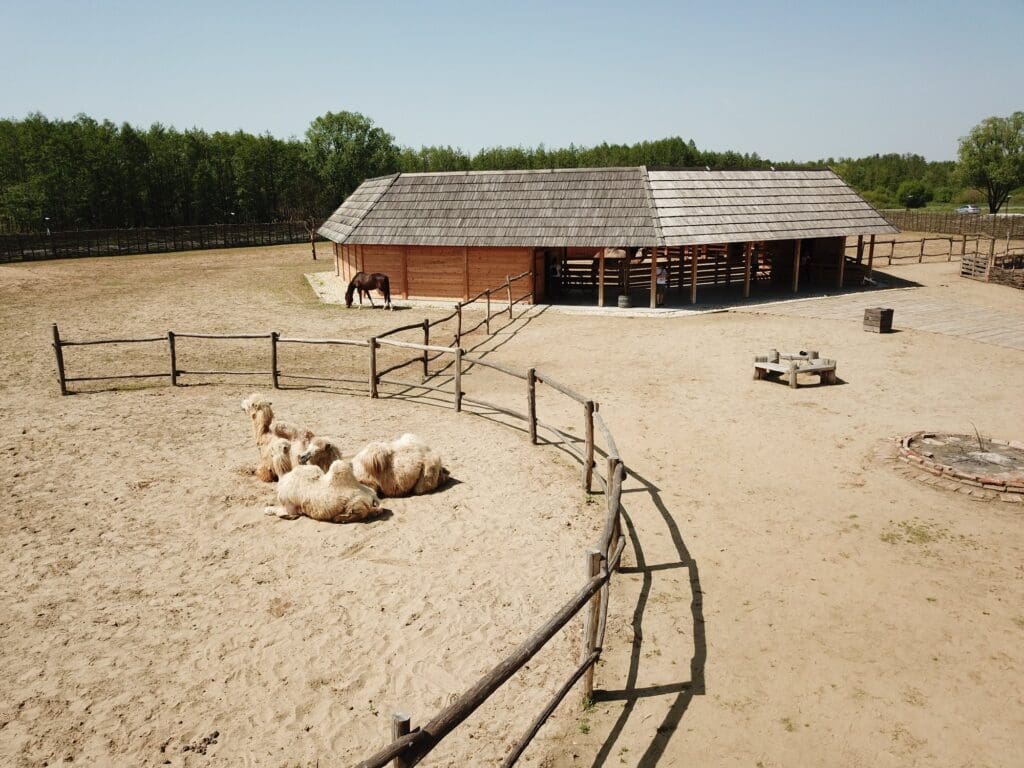
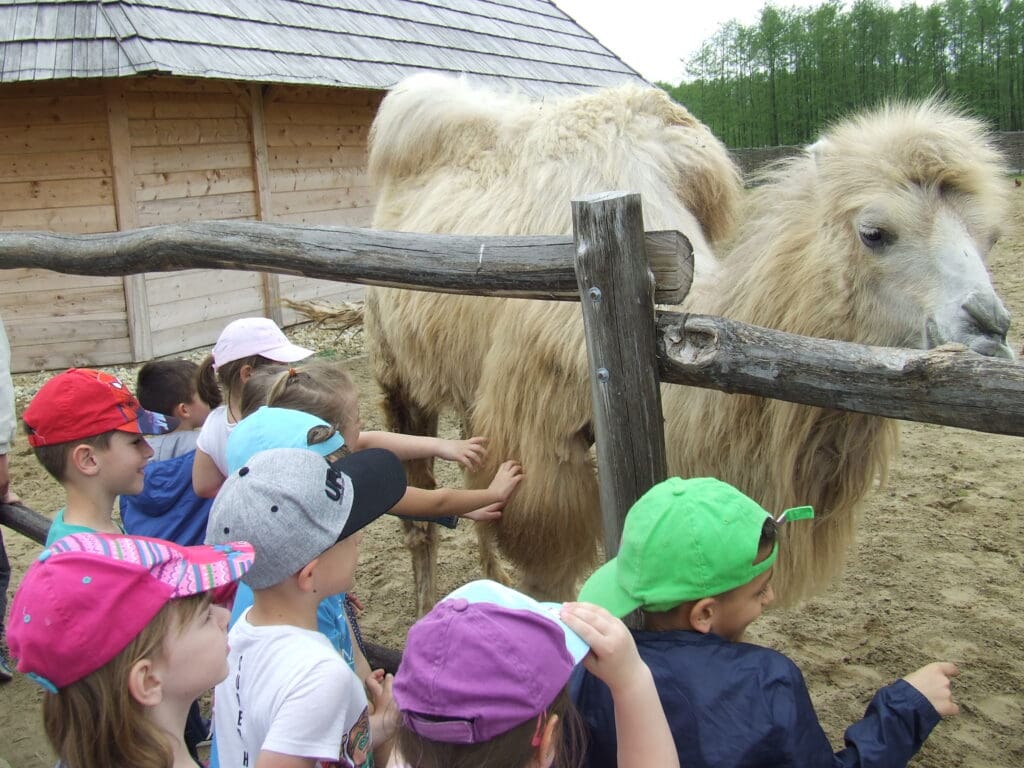
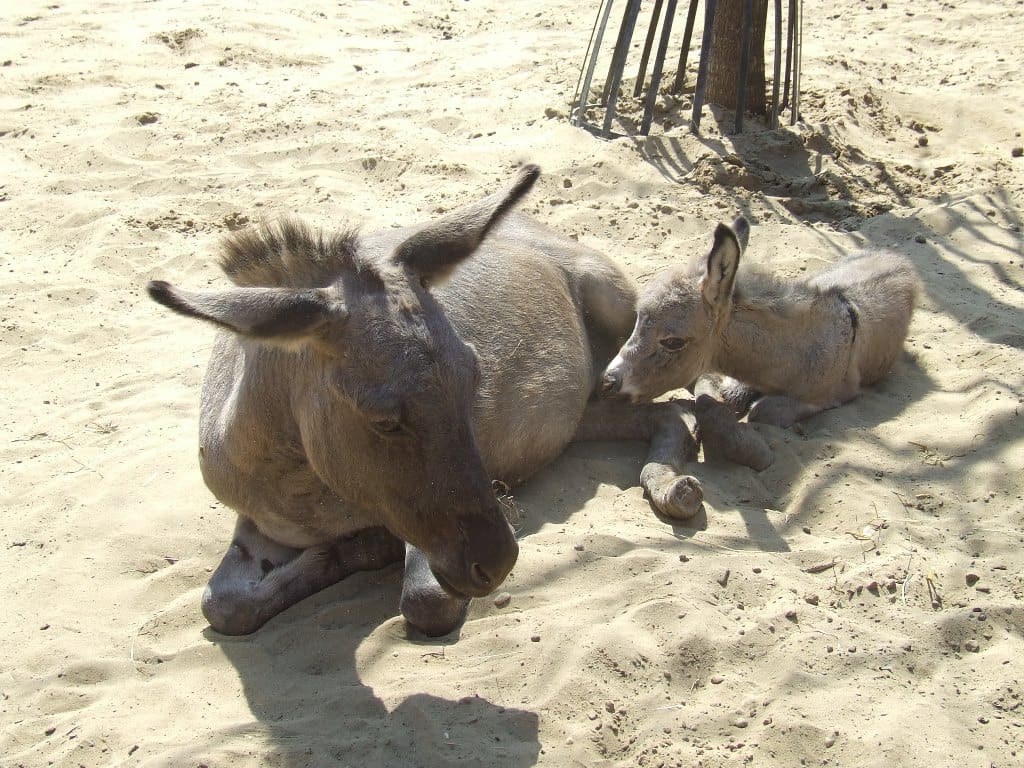
A Unique Experience in the Heart of Europe
Đurđevac Sands represent a rare example of successful combination of nature protection and tourism development. This unusual landscape demonstrates how nature can adapt to very specific conditions, creating an ecosystem that has no parallel in the rest of Croatia.

For visitors, this is an opportunity to experience both the exotic desert with camels and a scientifically valuable nature reserve in a single day, all in the immediate vicinity of Đurđevac’s cultural-historical heritage. This combination of natural phenomenon, scientific value, and tourist attraction makes Croatia’s Sahara one of the most interesting and unusual destinations in our country.
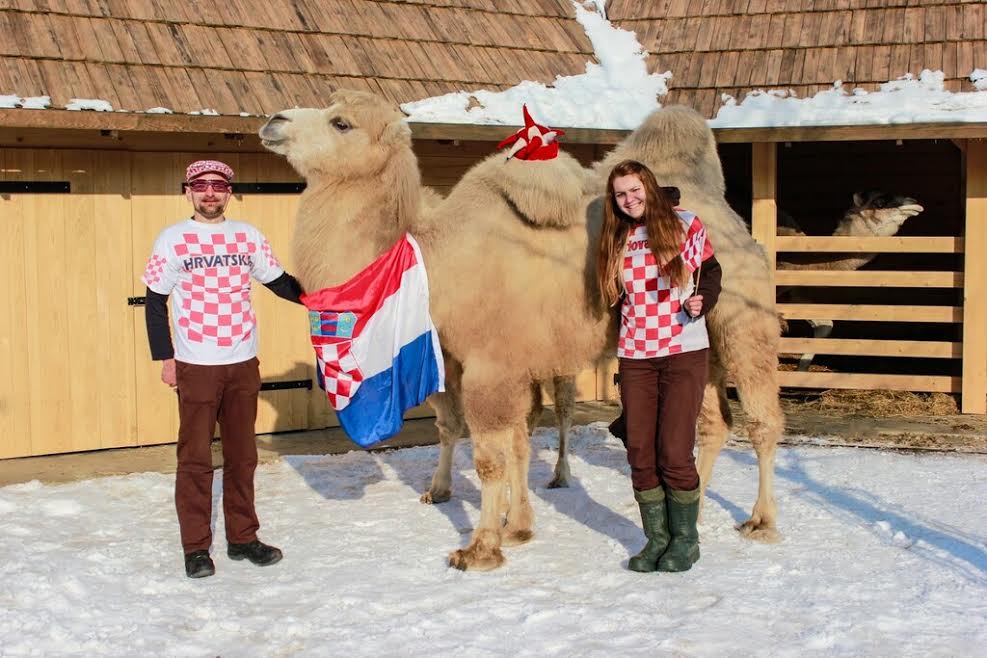
The Podravina Sands thus remain living proof that even in small Croatia, one can find landscapes that fascinate with their uniqueness, whilst simultaneously providing an unforgettable experience for all visitors seeking something different from conventional tourist destinations.
